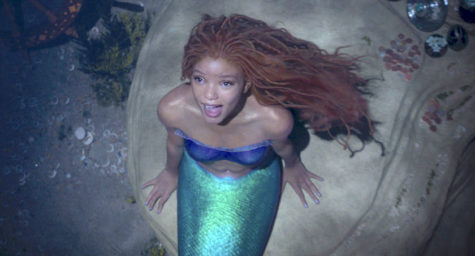Caterpillar Chow Down: The Pollution Solution
As the years go on, more waste is being disposed onto planet Earth, plastic being a major product. With even more production, how can we prevent Earth’s ecological and atmospheric doom?
Researchers at the University of Cambridge have found that moth larvae have the ability to degrade plastic. The process of the plastic decomposition is a procedure that’s very similar, if not the same, as the digestion of beeswax done by the moth caterpillar (Galleria mellonella).
This particular almost worldwide-native caterpillar can begin to disintegrate plastics such as food packaging in under an hour. This is unlike the more “natural” process in which the breakdown of such material takes several years, maybe even hundreds.
The goal is, as told by a biochemist and Cambridge researcher, Dr. Paolo Bombelli: “The caterpillar will be the starting point. We need to understand the details under which this process operates. We hope to provide the technical solution for minimising the problem of plastic waste,” said Bombelli.
The caterpillar isn’t the first organism that has been discovered to portray such behavior; yet, it is one that works more rapidly than the rest. This gives humanity hope for a thriving, luscious Earth.
Zoom into the earth on approximately 35.8078° N longitude, 84.2860° W latitude, where LCHS lies. Here, there are some students who harbor mixed feelings on this subject. One of these students is Carly Lance (11).
“I think it’s an interesting discovery and could change the way we recycle plastic. With that said, it could be considered bio abuse to the creature if we overuse its abilities,” said Lance.
One of LCHS’s YES (Young Environmentalist Society) Club officers, Kylie Preston (12) views it in a fully positive light.
“I think the plastic degrading caterpillar is an incredible scientific discovery and an amazing creature. Utilizing the caterpillars to their full capability could help the world to break down plastic much quicker. The environment would be healthier, and wild animals would be safer from excessive plastic waste,” said Preston.
This specific breed of caterpillar could be one of Earth’s ecological savior. Hopefully, in the future, even more discoveries will make a breakthrough in the scientific world for the sake of our dear home planet.














